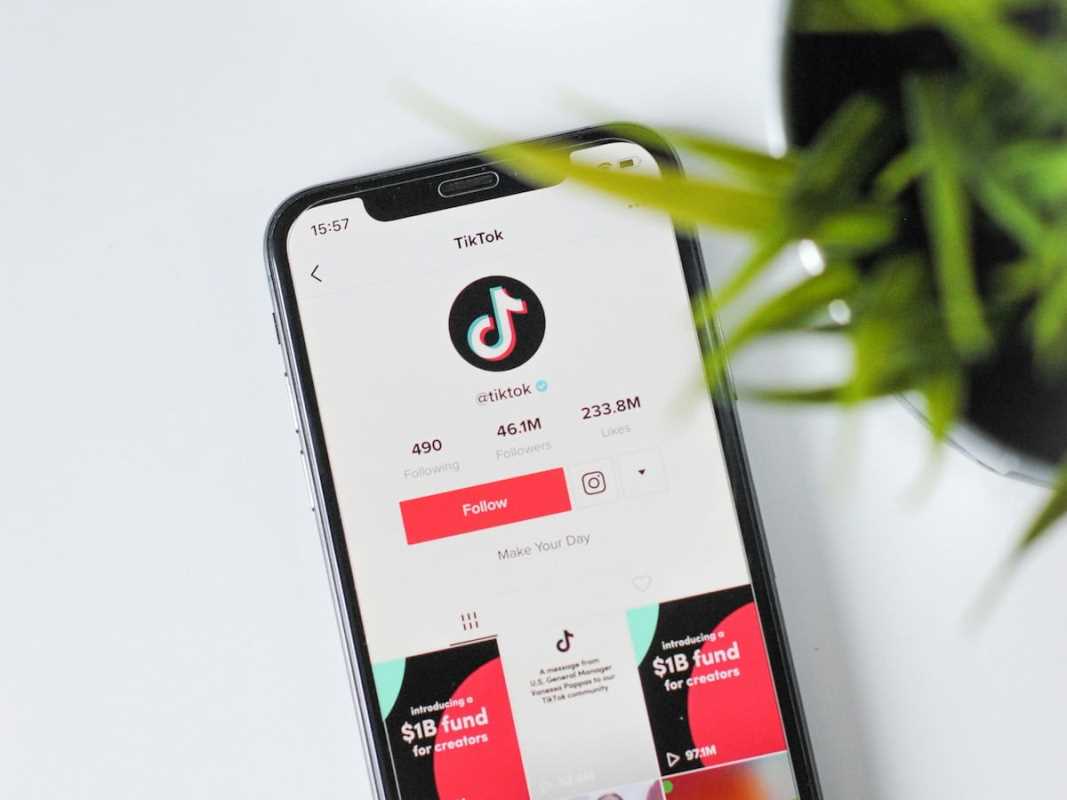One of the main objectives for any business is to get the most benefit from every marketing dollar. Referral marketing is a method that delivers impressive returns and builds trust with your audience. It uses your most satisfied customers to spread the word about your brand, encouraging them to bring in new leads. This creates a win-win scenario where loyal customers feel rewarded for recommending your business, and you benefit from high-quality referrals. I will break down referral marketing into steps, showing you how to build a system that improves your ROI significantly. With the right approach, you can turn your customer base into a powerful and cost-effective marketing channel.
1. Start with Your Best Customers
Focusing on your most engaged and satisfied customers lays the groundwork for a successful referral program. Customers who already love your product or service are more likely to share their enthusiasm with others. Identifying this group means understanding who interacts with your brand frequently, leaves positive feedback, or makes frequent purchases.
Once identified, these customers can be invited to participate in a referral program. Clear communication about the program shows them how their involvement benefits both themselves and their friends. A loyal customer base is a trusted foundation to build upon.
2. Offer Meaningful Incentives
Offering the right rewards is essential in motivating customers to refer others. The incentive must feel valuable enough that customers actively take action, yet be sustainable for your business to provide. Rewards could range from discounts or store credit to free products, exclusive access, or gift cards.
Tailoring incentives to your audience adds to their effectiveness. A fitness brand might offer reward points for gear, whereas a subscription service might provide free. Clearly outlining how rewards are earned and delivered builds transparency and trust.
3. Make the Process Simple and Seamless
Simplifying how customers refer others is important, as overly complex processes will deter participation. A referral process should only take a few steps, making it easy for customers to share their unique referral links or codes through emails, text messages, or social media.
Providing pre-written messages or templates for sharing saves your customers' time and makes referrals feel effortless. Tracking referrals through a well-designed system also provides a smooth experience, both for participants and your business. The easier it is to participate, the more likely customers will engage.
4. Integrate Referrals with the Customer Journey
Embedding referral opportunities into natural touchpoints within the customer experience increases visibility and engagement. Inviting satisfied customers to refer others shortly after they’ve had a positive interaction creates timely and meaningful connections.
Placing referral prompts in emails, checkout pages, or order confirmation screens encourages participants at key decision moments. Integrating them strategically means the idea of referral remains top of mind without feeling intrusive.
5. Use Social Proof to Build Trust
Referral marketing lives on trust, and including social proof amplifies its impact. Showcasing testimonials, reviews, or user-generated content demonstrates the credibility and success of your referral program. This reassurance encourages both new and existing customers to take part.
Success stories from participants help highlight how others have benefited through referrals. Sharing a short quote from a customer who earned rewards can inspire others to join. The more people see that it works, the more likely they will follow suit.
6. Track and Measure Performance
Measuring the performance of your referral program allows for ongoing improvement. Metrics such as the number of referrals made, conversion rates, and the revenue generated by referred customers provide insights into what’s working and what’s not.
With this data, you can refine your strategy to maximize ROI. Identifying trends, testing new approaches, and adapting rewards keeps the program relevant and impactful. Regular review helps you stay aligned with both customer needs and business goals.
7. Use Digital Tools and Automation
The use of referral software and automation tools simplifies program management, saving time and reducing human error. Many tools include features like tracking referrals, managing rewards, and sending automated updates. This makes it possible to scale a referral program without additional manual effort.
Customizing your referral program with such tools guarantees a polished, user-friendly experience. Automated notifications that update participants about referrals they've completed or rewards they've earned keep engagement levels high. Technology-driven solutions enhance both participation and tracking.
8. Promote the Program Effectively
Promoting your referral program is key to encouraging participation. Use multiple platforms to spread awareness, such as email newsletters, social media posts, or in-app notifications. Highlighting the benefits of the referral program helps customers see why it’s worth their time.
Reward milestones or limited-time promotions also generate buzz around your program. Encouraging an occasional push for referrals through bonus incentives creates excitement and drives action. Visibility helps your program reach as many potential participants as possible.
9. Offer Rewards for Both Sides
Referring friends to your business benefits both existing and new customers when structured properly. Offering incentives to both participants increases the appeal of joining and makes sure everyone feels rewarded.
Carefully balancing rewards for both new and returning customers guarantees your program provides value and stays profitable. By making the benefits universal, you create an appealing offer for all parties involved.
10. Build Loyalty Beyond Rewards
Programs that create a sense of community and value beyond material incentives are more likely to see sustained success. Reinforce loyalty by acknowledging top referrers through exclusive recognition, sneak peeks at new products, or invitations to special events.
Showing appreciation for your customers’ involvement connects them more deeply to your brand. When they feel genuinely valued, they’re more likely to remain engaged and refer others over time. Building loyalty cultivates lasting relationships that extend beyond the rewards themselves.
11. Adapt Your Program Over Time
Adjusting and refining your referral program helps it continue to deliver results. Keeping track of customer feedback and industry trends helps you stay ahead of challenges. Adapting your incentives, communication, or structure based on what’s working helps you maintain momentum.
Regular updates keep the program fresh and exciting for both new participants and existing members. Successful programs are often those that grow and evolve to meet customer expectations, all while maintaining alignment with your business goals.
 (Image via
(Image via





